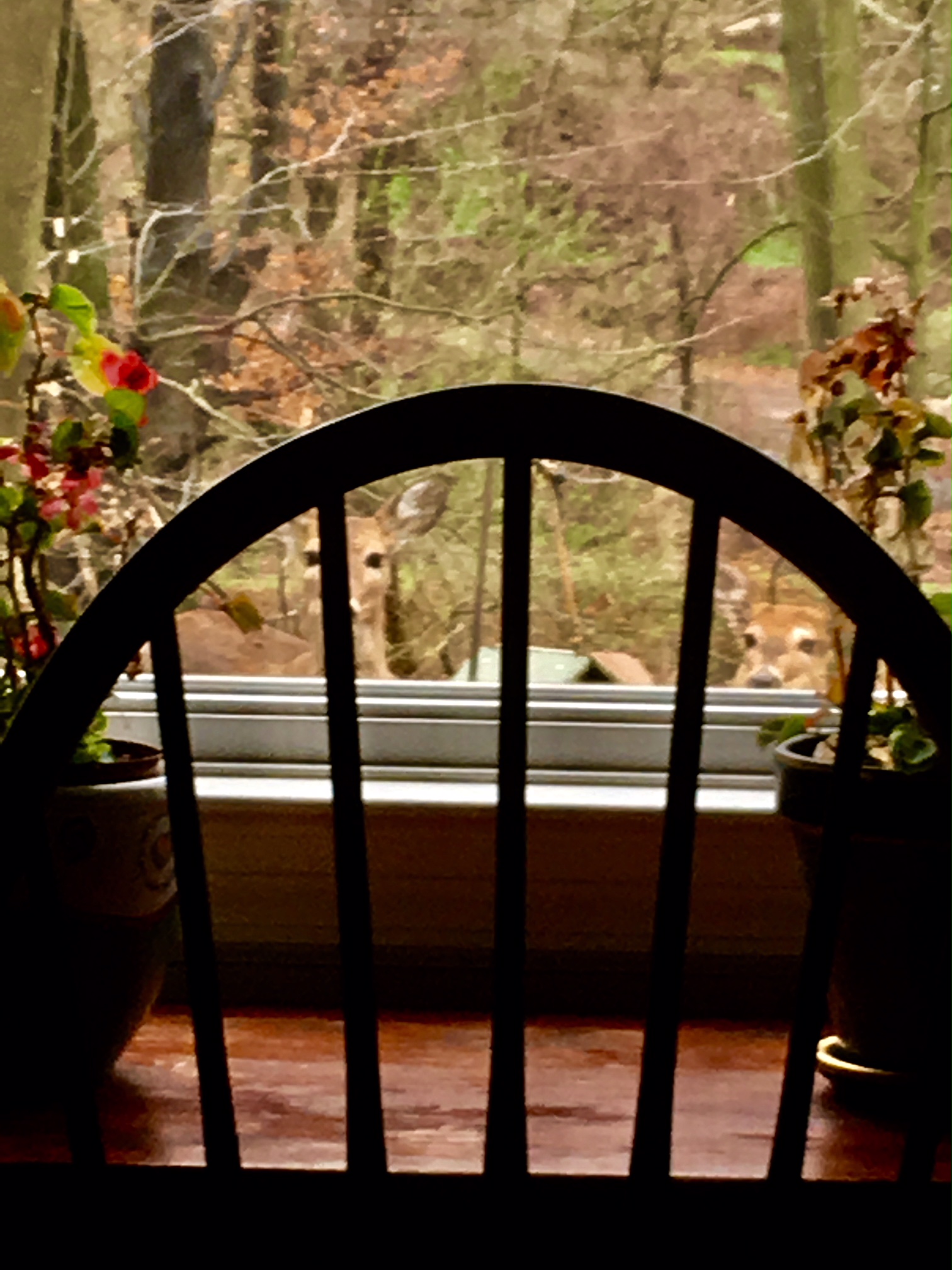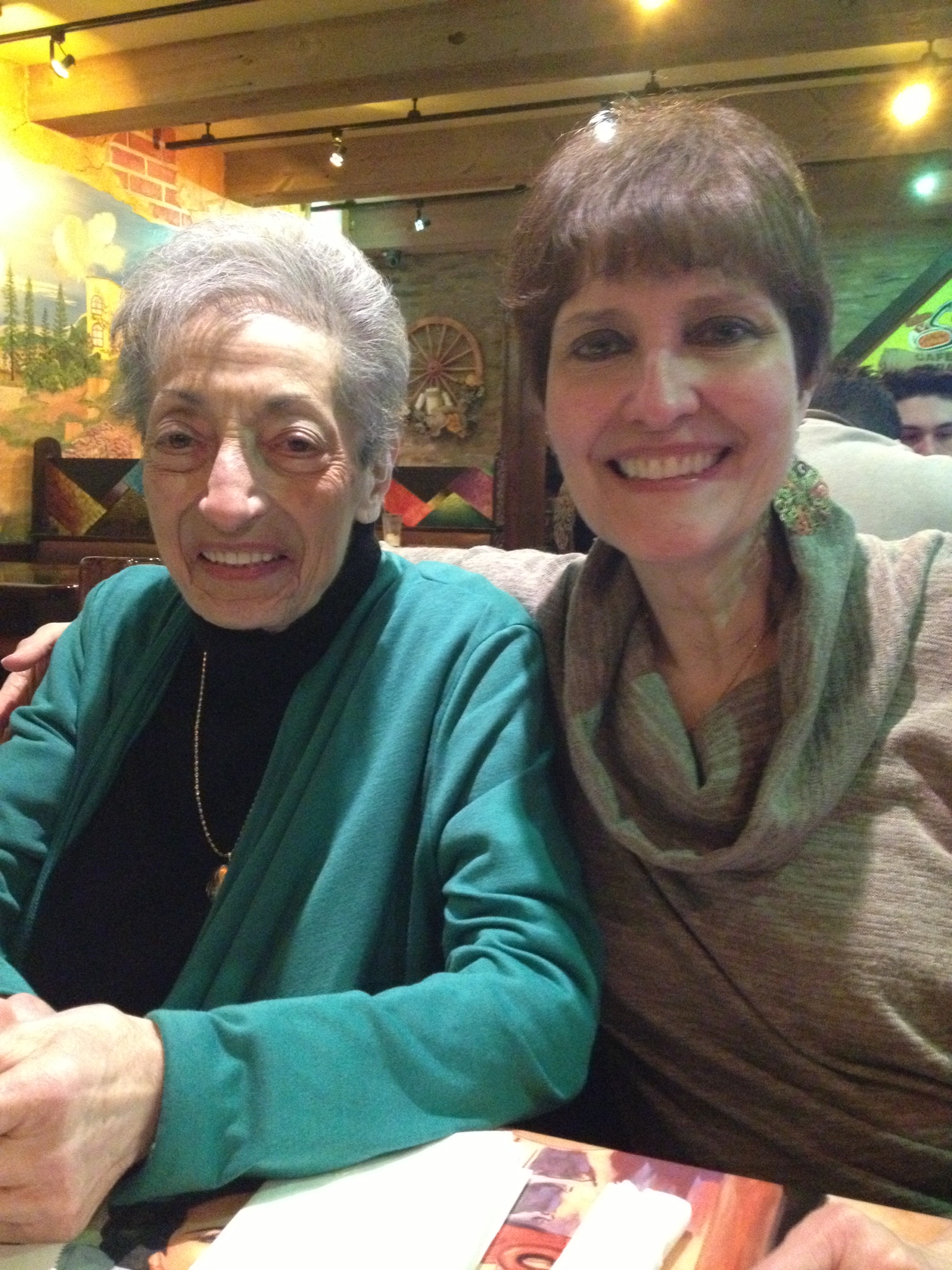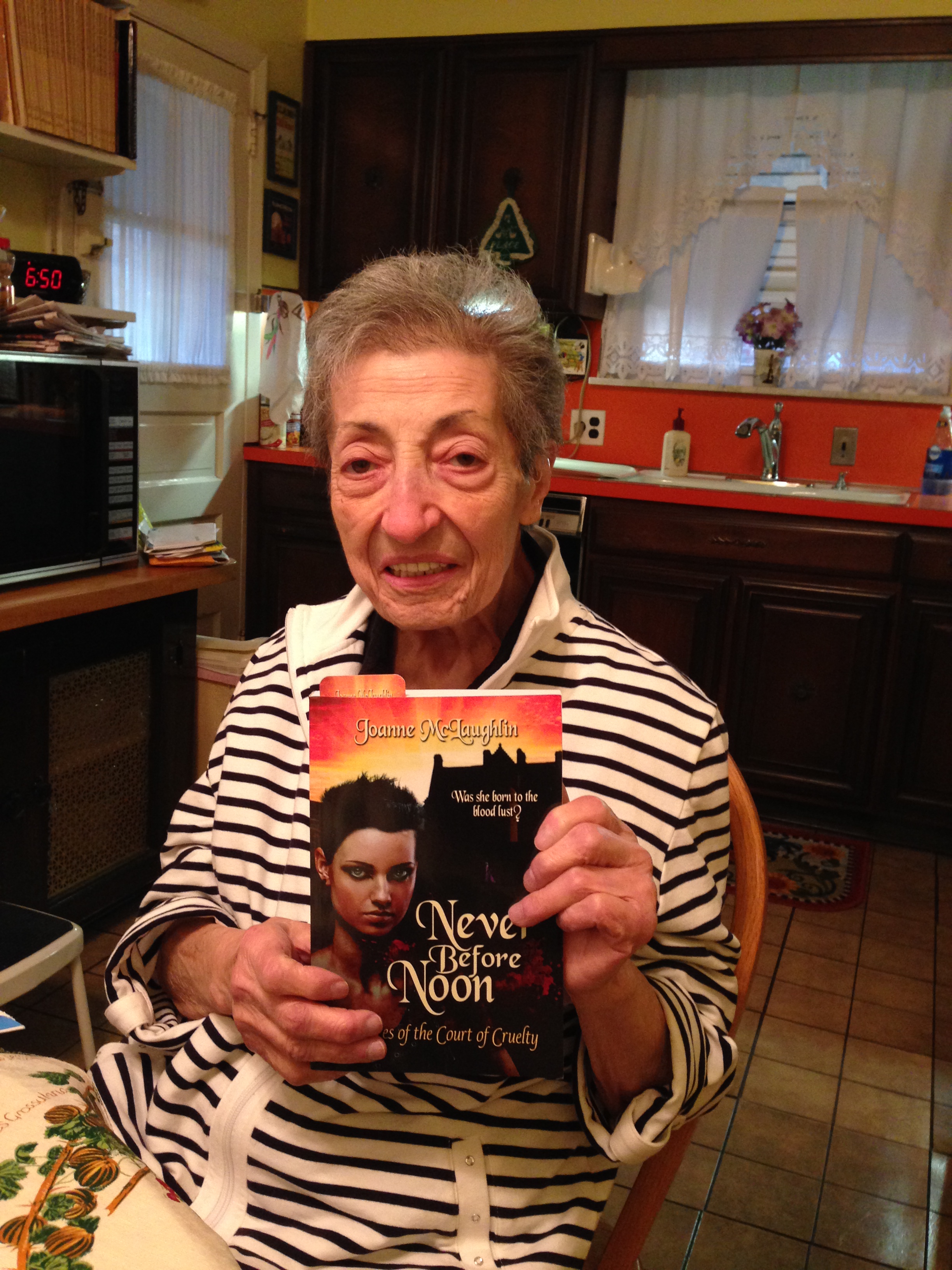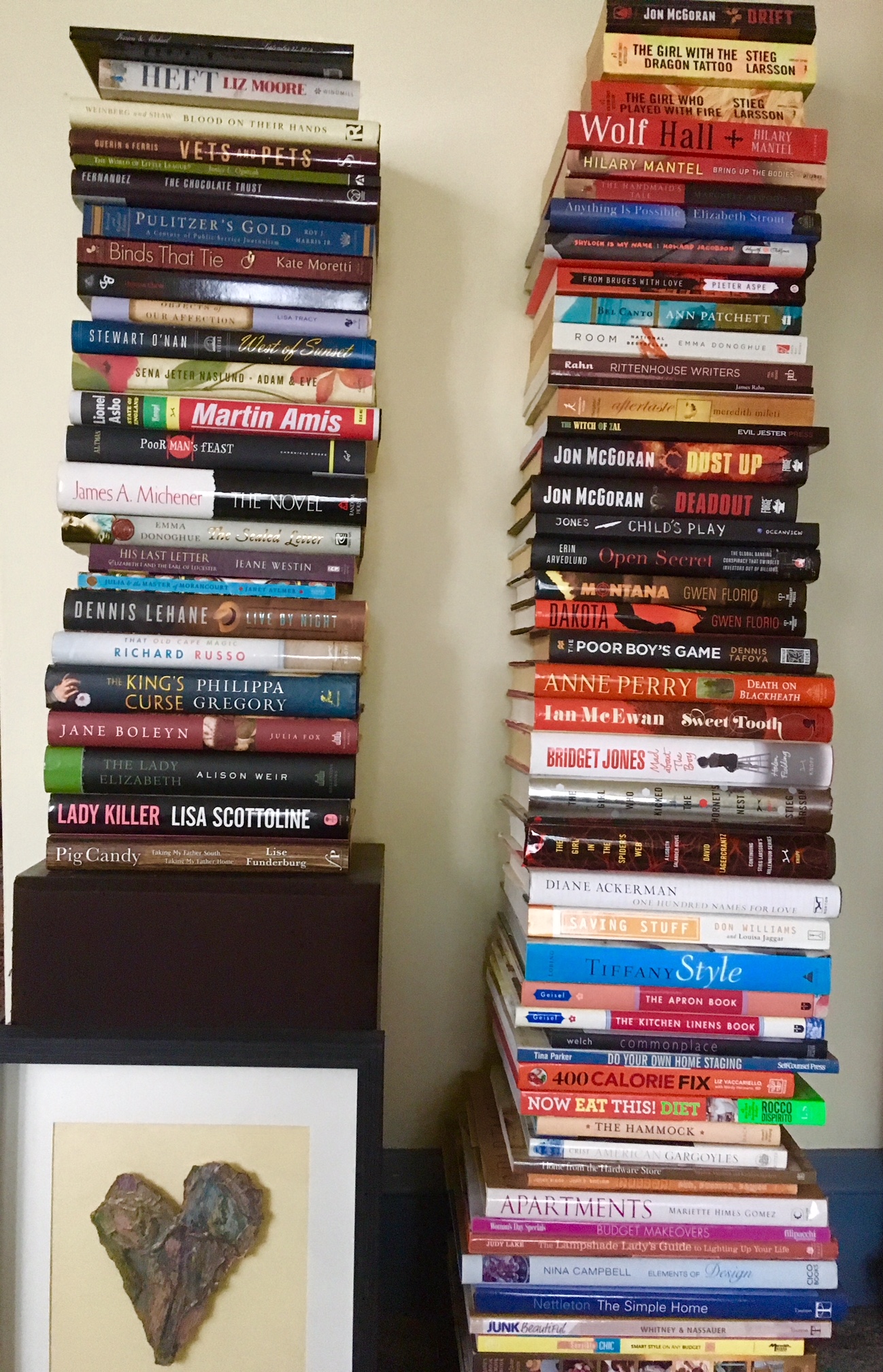Today’s moment of self-discovery is about what I write, as well as when I write it. Turns out, it’s a spring thing with me: My story lines mostly evolve from events that occur in the months of March, April or May.
March 19, for instance, marks the anniversary of the suspicious fatal fire (fictional, of course) at the center of my novel “Chasing Ashes.” Why March? The academic year was winding down at the university my characters attended back in 1992. They were seniors, student journalists with bright futures ahead.
In “Never Before Noon,” the first novel in my Vampires of the Court of Cruelty trilogy, the story begins in April 2010, as Chloe Hart returns to her parents’ home in upstate New York; the second chapter opens in Spain exactly one year later. Book Three of the trilogy, “Never More Human,” starts in May 1864, then rockets forward to May 2012 outside Prague.
Plus, my two works in progress, a cozy romantic mystery I’m this close to completing and a time travel tale written for a planned anthology, also get underway as the earth’s trip around the sun brings us longer days.
Is this a seasonal affective thing with me? If so, I’ll take it. It was two Aprils ago that I began to write that cozy-in-progress. And I typed the opening paragraphs of that first vampire novel on a Saturday night in late March thirteen years ago.
What accounts for my spring leaning? I suppose it could be because I, too, began in spring, in mid-May to be exact, though my mother said her due date was two weeks earlier. But I prefer to think of it as my creative process coinciding with nature’s own, responding to sunshine and rain, increasing warmth, and resurgent energy all around.
The seed of an idea will plant itself in my brain, and shortly thereafter words burst from my fingers onto a blank legal pad or Word document. Sometimes when that happens, I’ll write for hours. Sometimes, I type a paragraph, then do laps around the dining room table. Or I type a paragraph, then get up to check what’s in the refrigerator. Inspiration is where you find it, right?
But in the spring, what can be better than watching daffodils and hyacinths shake off the cold, rise from their bulbs, and reach for the light? Each blossom has its own new story to tell.
Time for me to reach for my next one, too? We’ll just have to see what grows. My hydrangeas are already leafing out for a big show.

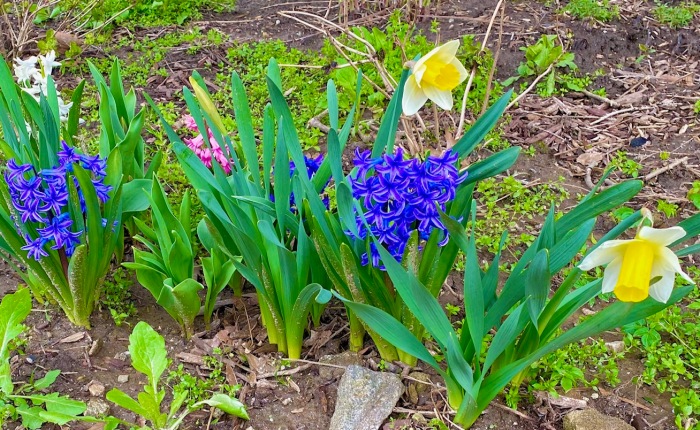

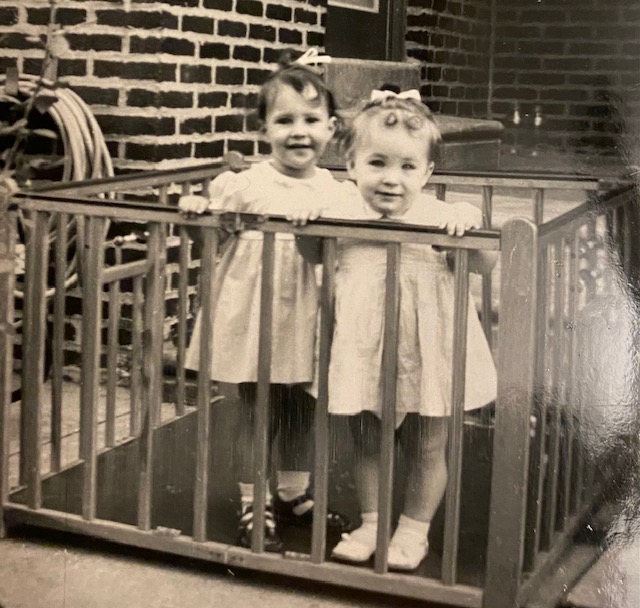


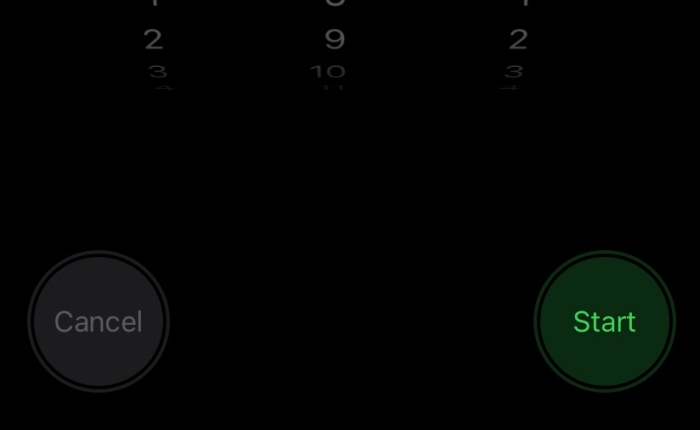


 Wobbling is a good thing. Rolling with the punches. Knowing when against the grain is the way to go. Thinking on your feet. In business — in life, too — it’s called resiliency. Besides, steady as you go, always sailing calm seas, how boring is that?
Wobbling is a good thing. Rolling with the punches. Knowing when against the grain is the way to go. Thinking on your feet. In business — in life, too — it’s called resiliency. Besides, steady as you go, always sailing calm seas, how boring is that?